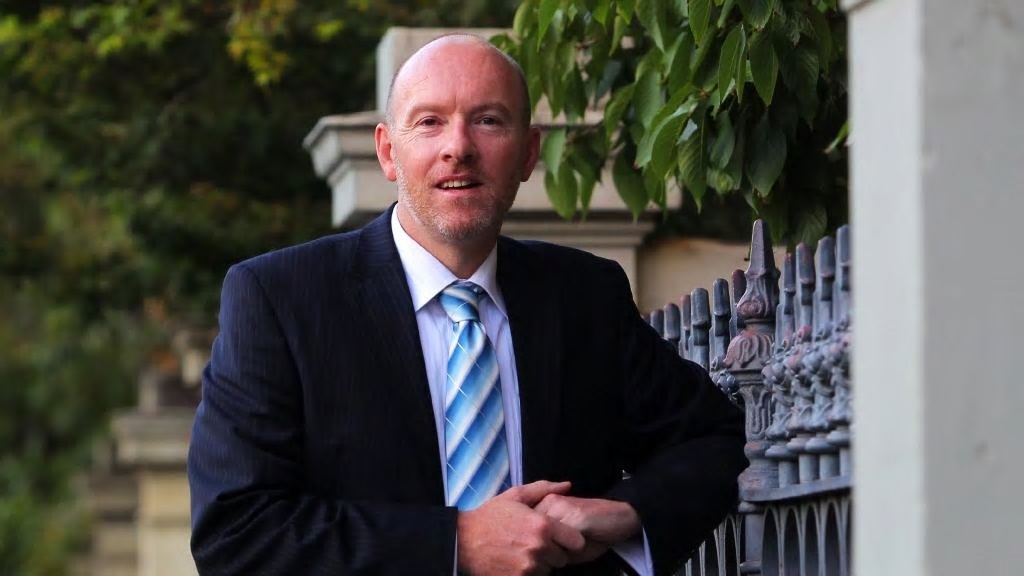
For too long, Australia has had an obsession with students going to university. More than 65 per cent of our youth go straight into university from secondary school without understanding the employment and career pathway options that are available.
This isn’t the best outcome for many kids. It’s also a disaster for many businesses, which are crying out for apprentices to fill skills shortages.
In Tuesday night’s Budget, the federal government promised half a billion dollars to fix this state of affairs. Encouragingly, the package seems to have been informed by a thorough review conducted by Steven Joyce into strengthening skills in Australia.
The report emphasises the importance of a skills-matching approach which would “retain the best features of a responsive local system while ensuring nationally consistent funding”.
This is important remedial work on our current system.
It’s no use if kids are learning skills which don’t lead to jobs.
The Swiss system is considered the international gold standard, and the Joyce Review recommends many of the key elements that make it work.
The system is based around business requirements: these needs determine what vocational training places are available. Local apprentices are matched to opportunities.
In Australia, we’re still geared to teaching skills regardless of whether there are matching jobs available in the local employment market.
The result is too many trained workers in certain areas and not enough in others. If you’re not keen on leaving your home town, it’s important you learn skills that are needed there.
Another recommendation of the Joyce Review centres around educational pathways.
At the end of Year 10, kids can choose to leave school, though the majority choose to stay on in Australia.
When they leave, they have to find their own way into a trade, job, or further education with a little bit of counselling.
By contrast, in Switzerland, vocational education and training starts in Year 8, alongside regular schooling.
Career guidance and counselling is provided from the age of 12 and caters for multiple work experience trials, where young people get to experience a range of professions as they decide what direction they’ll choose when they turn 15.
Apprenticeships aren’t just common for traditional “blue collar” trades, but also for “white collar” professions such as engineering and banking.
The results speak for themselves.
Unemployment in Switzerland was 2.6 per cent in 2018, against Australia’s 5 per cent.
What’s more, youth unemployment in Switzerland is at similar levels to the very low adult rate.
In Australia the unemployment rate for young people aged 15-24 years is around 11.5 per cent, approximately 6 per cent higher than our national overall unemployment rate.
There’s another important feature of the Swiss system, which the Joyce Review includes in its recommendations: lifelong learning.
In Switzerland, an apprenticeship is the first step on a journey that can lead anywhere, including into the C-suite.
Many Swiss CEOs and chairmen started their career through the VET system.
In a 2018 speech to the International Congress on Vocational and Professional Training, US Secretary for Education Betsy DeVos confessed her surprise that both the CEO of UBS, Sergio Ermotti, and Lukas Gahwiler, the chairman of UBS Switzerland, started their careers as apprentices.
The Swiss system is designed to encourage people to undertake an apprenticeship first, regardless of their ultimate goals, and 70 per cent of all school leavers follow this path at age 15. It is not unusual for a person to go on to university after completing an apprenticeship. It’s simply the logical next career step for some.
We have some hard yards to do in Australia to get back to this kind of common sense. Along with much of the rest of the world, Australia parted ways with the Swiss in the 1960s and ’70s, when we started increasing places available at universities, and reduced support to the VET system.
Just under half of Australian school leavers now choose the VET path. Most of them will never consider going on to study at university.
The university pathway also turns out not to be ideal for many. The Joyce Review notes concerns that “students who would otherwise thrive in VET careers are being directed towards higher education options where they may not succeed”.
There are high drop out rates in the first year of university among some groups of school leavers.
Others find their university degree was simply unnecessary and end up following a vocational pathway.
It is encouraging that both major parties are prioritising vocational education in the lead up to the federal election.
Australia already has a good vocational education sector, which just needs some support to become world-class.
If the recommendations of the Joyce Review are adopted we will be well on our way to competing with the Swiss.
Let’s hope then that this common sense approach receives bipartisan support. It’s Australia’s time to become an education powerhouse.
Gary Workman is CEO of the Apprenticeship Employment Network





